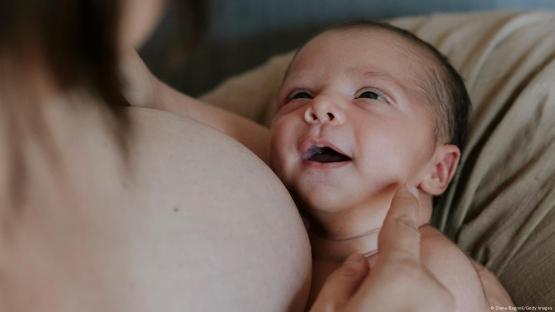COVID-19 infections are surging again in most parts of the UK just days before Christmas, figures suggest.
It comes as flu hospitalisations in England double in just one week as the NHS braces for one of the worst outbreaks of the virus in recent years.
The majority of infections this time round are found among 25 to 34 year-oldsIn England, Covid infections have climbed above one million for the first time since the end of October, while Scotland and Wales have both seen an increase.
The trend in Northern Ireland is uncertain and there is a mixed picture among different regions and age groups.
The rise could not come at a worse time, as backlog of people waiting for surgery reaches 7.2million and nurses across the country strike in a bid for better pay,
Fresh figures from the Office for National Statistics (ONS) suggest 1.3million Brits had the virus in the week to December 5.
This is up 16 per cent from 1.1 million in the previous week.
The majority of infections are found among 25 to 34 year-olds, with 2.9 per cent likely to have the virus â the equivalent of one in 35.
The jump in infections is likely to be driven by people mixing more indoors, health experts said, and comes as other winter viruses are circulating more widely.
During the main waves of coronavirus earlier in 2022, the total peaked at nearly four million in July and just under five million in March.
Michelle Bowen, ONS head of health surveillance, said infections have begun to increase again across “most of the UK”;;, though “the trend varies across the English regions and ages”;;.
“We will continue to monitor the data carefully as the winter months progress,”;; she added.
The latest figures suggest the UK is facing its third winter in a row with Covid-19 on the rise.
But unlike in 2020 and 2021, when coronavirus was the main driver of sickness and hospitalisations, this winter is seeing other viruses becoming more prevalent.
For the first time since the pandemic began there are more people being admitted to hospital with flu than Covid, data from the UK Health Security Agency (UKHSA) suggests.
The worrying figures reveal rates of flu have more than double among those most of risk to the virus â children under the age of five and in adults aged 85 and over.
Dr Jamie Lopez Bernal, the consultant epidemiologist for immunisation and counter-measures at the UKHSA, said: “We’re seeing rises in flu, Covid and other winter viruses as people mix more indoors this winter.
“Covid hospitalisations are highest in the oldest age groups, so it is particularly important that everyone who is eligible continues to come forward to accept their booster jab.
“If you are unwell this winter, please try to stay at home and avoid contact with other people, particularly elderly or vulnerable people â this will help stop infection from spreading.”;;
The NHS is also dealing with an outbreak of Strep A â which has so far killed 19 children .
The surge in cases is putting a huge strain on NHS 111 and pharmacists, with shortages of penicillin and other antibiotics reported across the UK.




